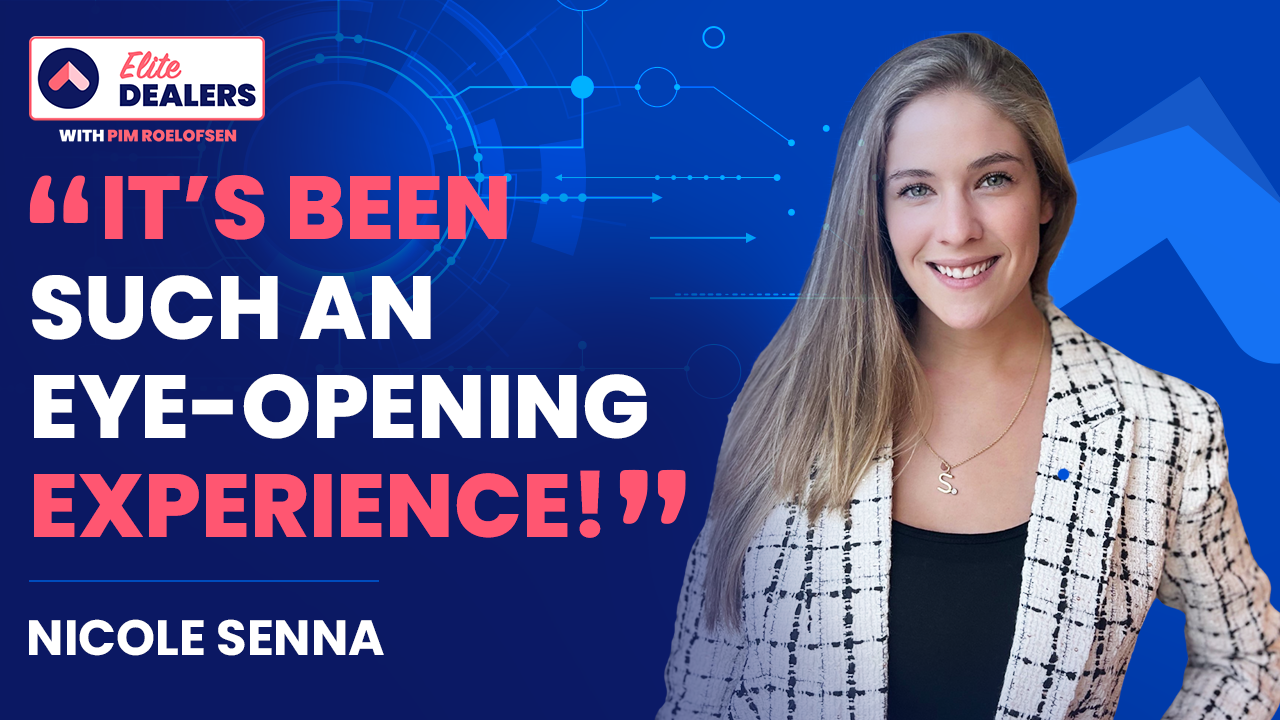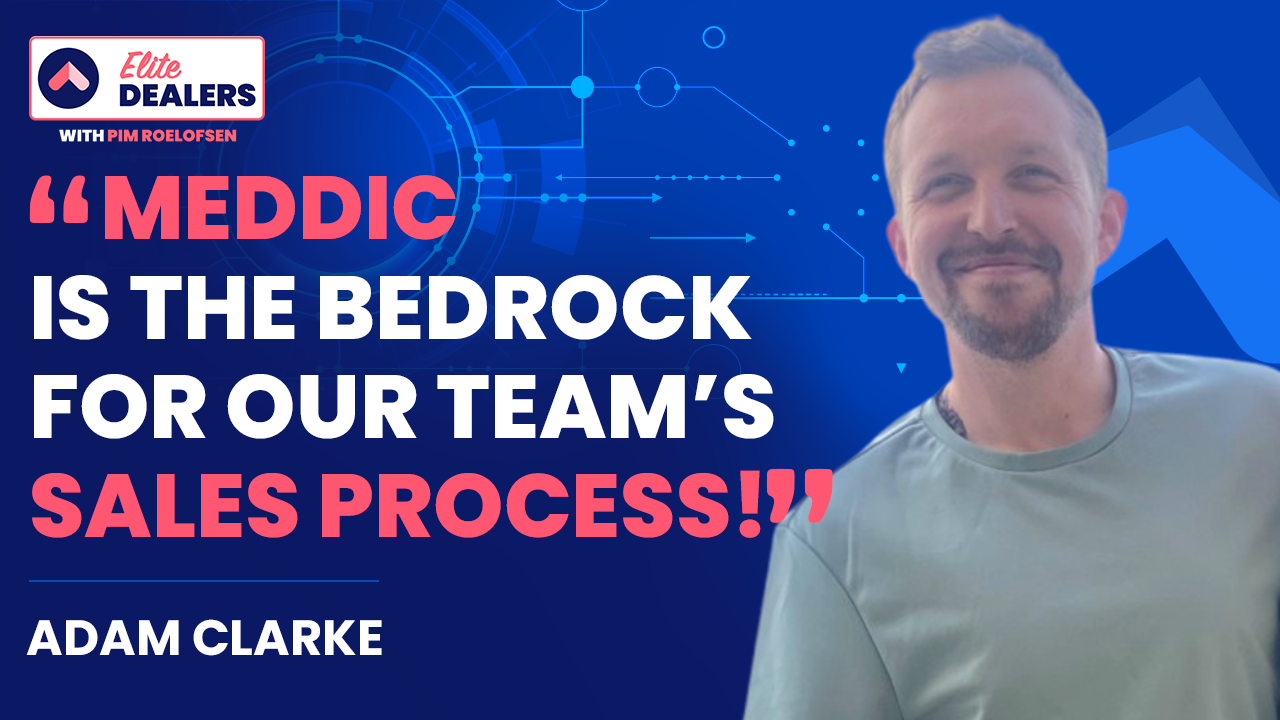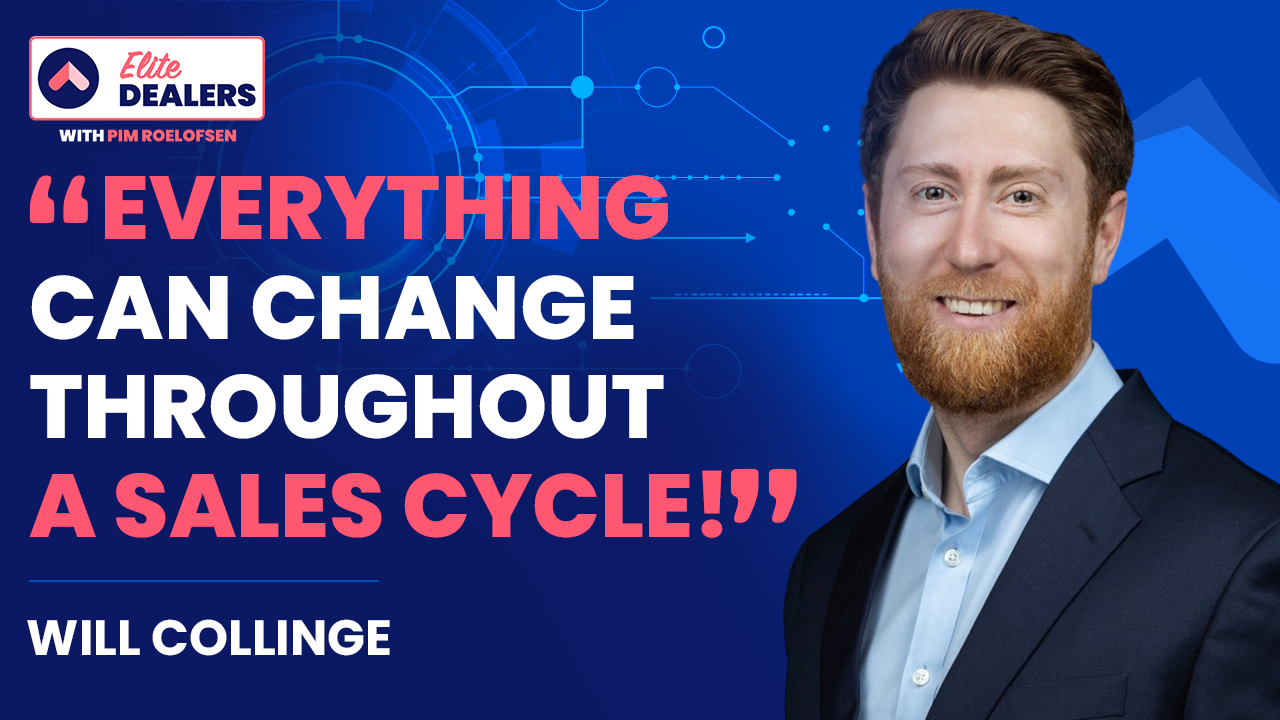-
MEDDICC Enable
-

Our Qualification covers the fundamental knowledge of MEDDPICC.
-

The MEDDICC Methodology is the how behind MEDDPICC, providing clear actions to advance opportunities.
-
NEW: MEDDICC Value aligns GTM teams with a common language for Positioning, Selling and Delivering value across the entire customer lifecycle.
-
.png)
NEW: Discover, learn, and deploy proven GTM plays rooted in MEDDPICC as a common language.
-

NEW: Tailored to your world. Led by MEDDPICC expert David Weiss, Blueprint operationalizes MEDDICC for your business.
-
-
MEDDICC Operating System
-

At it's core, mOS provides an opportunity management tool, designed to help sellers progress deals and highlight gaps in a proactive and efficient mindset
-
Track execution success with the Maturity Model and Sales Velocity, sales teams and leadership can gain insights into performance and program impact.
-
NEW: An AI-powered assistant powered by mOS, providing teams with real-time best practices, guidance, and data to optimize MEDDPICC execution.
-
-
MEDDICC MEMBERSHIP
We offer two core products; MEDDICC Playbook and MEDDICC Operating System; together these products enable teams to adopt MEDDPICC and to maximize implementation ROI.
MEDDICC Enable
All of our online programs in one place, powered by mOS. Filled with edutaining content and certified courses designed to level up the entire GTM team.
Ready to join us?
We only work with companies, where we can see a clear ROI on your membership.

MEDDICC Operating System
COMING SOON - Our purpose-built MEDDPICC SaaS helps you put theory into practice. Currently only available for businesses and teams.
Ready to join us?
We only work with companies, where we can see a clear ROI on your membership.
MEDDICC MEMBERSHIP
-
WHO WE HELP
-

Your true sales potential is just around the corner and it’s time for you to unlock it.
-
MEDDICC can equip you with the tools necessary to align the entire GTM team and achieve bigger wins, faster.
-
Enablement teams collaborate with us to bring in MEDDPICC subject matter expertise aimed to better their execution.
-
We work with VCs and PEs to enable portfolio companies to increase sales velocity and maximize ROI.
-

We help teams improve their revenue output, see how we helped organizations like yours win more, faster with MEDDPICC.
-
-
USE CASES
-
Struggling with forecast accuracy? MEDDPICC replaces uncertainty with predictable results.
-
Long ramp times slowing revenue? MEDDPICC speeds up onboarding, cuts churn, and delivers faster results.
-
Want to break into enterprise? MEDDPICC gives your team the strategy to close complex deals and scale upmarket confidently.
-

Want to grow deal sizes? MEDDPICC helps your team engage the right stakeholders and align the buying process, driving higher ACV and more revenue per opportunity.
-
Struggling with retention and expansion? MEDDPICC maximizes customer value, driving upsells, reducing churn, and boosting net revenue retention.
-
Is low productivity slowing your team? MEDDPICC equips reps with tools to increase efficiency, minimize wasted time, and focus on closing deals.
-

Suffering with inconsistency and uncertainty? MEDDPICC enables you to build a scalable, value-focused operating rhythm improving accuracy, accountability, and results across the revenue engine.
-
-

WHO WE HELP
Whether you're a seasoned pro or new to MEDDIC, we provide tailored support to help you implement and master MEDDPICC. Our solutions are designed for all levels, ensuring success and growth across your customer lifecycle.
Ready to join us?
We only work with companies, where we can see a clear ROI on your membership.

USE CASES
See how MEDDPICC helps teams tackle real-world challenges. After working with 500+ organizations, we’ve seen it boost everything from win rates to deal velocity, no matter your industry or team size.
Ready to join us?
We only work with companies, where we can see a clear ROI on your membership.
-
Ready to join us?
We only work with companies, where we can see a clear ROI on your membership.
-
Ready to join us?
We only work with companies, where we can see a clear ROI on your membership.
- Books
-
RESOURCES
-

Read what our experts have to say about everything MEDDPICC and GTM.
-

Say goodbye to double data entry. Say hello to better pipeline visibility.
-

Buy and learn how to use the MEDDICC Go Live Plan.
-

Calculate your sales velocity and take ownership of your revenue engine.
-

Download the Deal Sheet to capture your research.
-

Choose the most suitable methodology and partner for you and your organization.
-

On-demand training is scientifically proven to be more effective. Find out why.
-

Try our Employer Reimbursement template to convince your leader to invest in your success.
-

Storytelling is the best way to sell, because it’s proven to be the best way to learn.
-
-
Shows
-
%201.png)
CEO Andy Whyte and CRO Pim Roelofsen dive into aspects of the MEDDIC framework, and look good doing it.
-

MEDDICC CEO Andy Whyte sits down with some of the brightest people in the industry to talk all things MEDDIC.
-

Where marketing meets the wider GTM team, MEDDICC CMO Jessica Walker discovers how we can deliver value at all levels.
-

The podcast where host Alex Miller seeks insights and advice from top experts in the field.
-

A recap of everything that’s been happening in the world of MEDDICC Media.
-

MEDDICC CEO Andy Whyte answers your most burning questions on MEDDIC, sales, and the wide world beyond!
-
-
Ready to join us?
We only work with companies, where we can see a clear ROI on your membership.
Ready to join us?
We only work with companies, where we can see a clear ROI on your membership.
Ready to join us?
We only work with companies, where we can see a clear ROI on your membership.






.png)






















